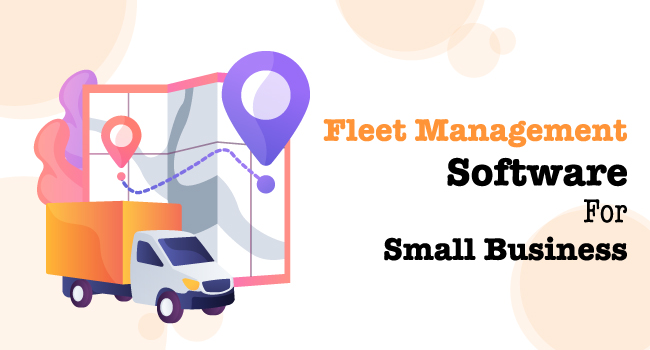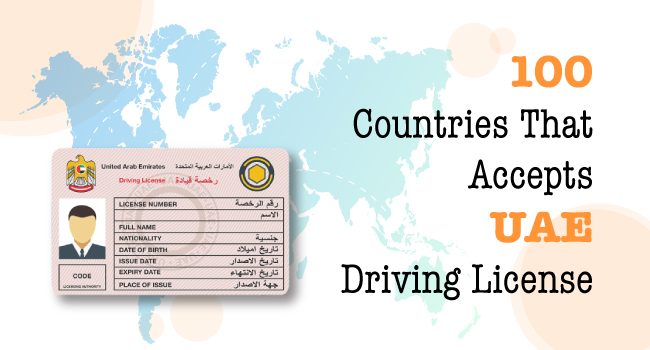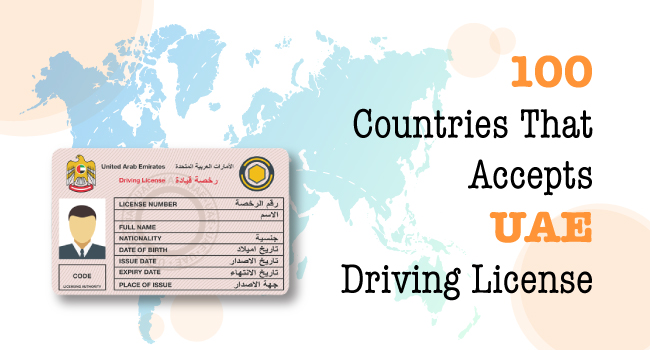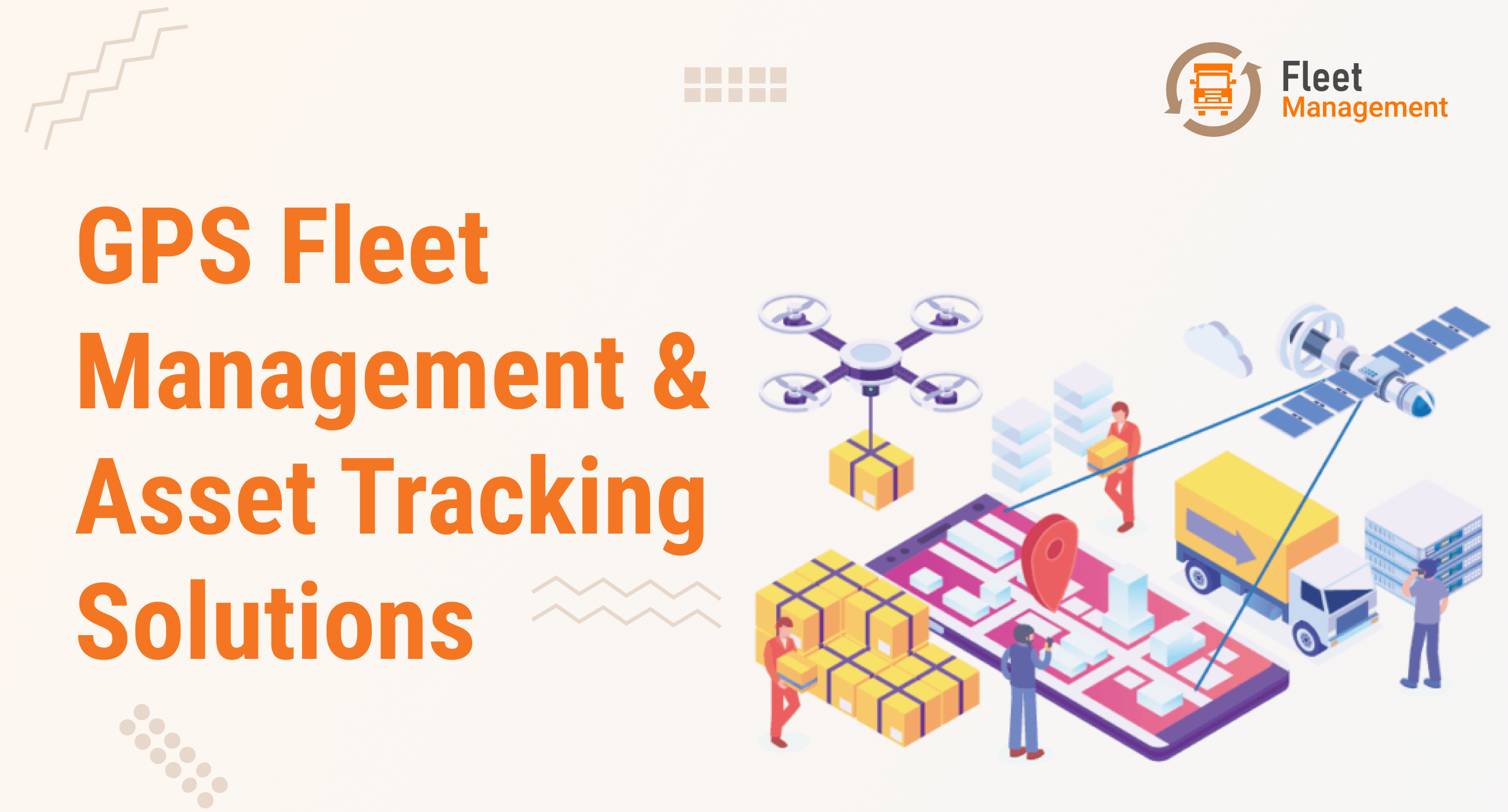Our Blogs
 Fleet Management()
Fleet Management() Car Rental Software()
Car Rental Software() Fleet Drivers()
Fleet Drivers() Infographics(0)
Infographics(0) News(0)
News(0)
Service We Offer
Follow Us
31 Ways to Reduce Fleet Maintenance Costs
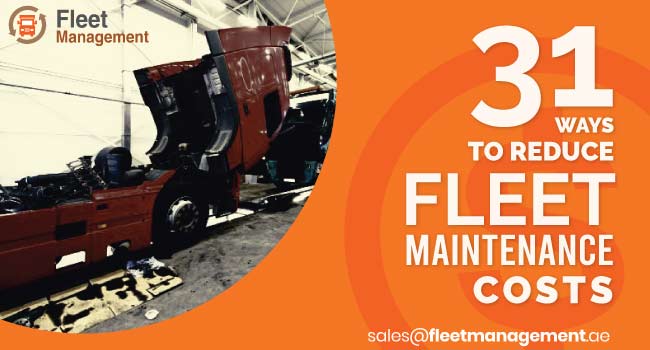
If you operate a fleet of vehicles for running your business, one of the key performance parameters would be the fleet maintenance costs. You need to reduce the costs involved to improve the bottom line of your business. Read on to know the different ways in which you can cut down the costs associated with fleet maintenance.
Read Also: 8 Tips for Managing Fleet Vehicles
#1:Consider changing your funding methods, especially if your fleet operation was started three-four years ago. The decisions you have taken a few years back might have become obsolete because of the changes in your business operations and other external factors.
#2: Create a new vehicle choice list based on carbon dioxide emission levels (140 gram per kilometer) and mileage considerations (45 miles per gallon). This will help you to realize significant savings in fuel consumption. There is no need to worry, you will have enough options.
#3: You will be able to save big time if you remove vehicle choice and adopt a policy of one management model and job requirement vehicle. This policy may not be popular with drivers, but their concerns can be addressed by offering better vehicles.
#4: Choosing vehicles on the basis of whole-life costs is another way in which you can reduce maintenance costs. Fleet managers often select vehicles based on their price. This does not provide a true picture of the actual cost of operating a vehicle across its lifetime.
#5: Study the economics related to paying cash allowances instead of providing company cars by working out the costs incurred for each grade of employee. Choose an option based on the savings you can accrue over the life of the vehicle.
#6: You must encourage your employees to be mindful of fuel efficiency all the time. This will enable you to reduce your fuel bills substantially and, in turn, cut down fleet maintenance costs. You can give the drivers several tips to drive efficiently.
#7: It is a good idea to choose the right fuel card provider. The fuel card provider chosen by you should make it possible for you to track your expenditure online. As the efficiency of the fuels can vary considerably, the use of fuel-saving additives might be helpful.
#8: Find out if free fuel is an attractive perk in terms of taxation point of view. Based on your findings you can decide how you would want to implement your policy so that it is beneficial to both parties.
#9: Another way in which you can achieve your goal of reducing your fleet maintenance costs is by encouraging refueling at appropriate places. Planning their journey in advance and refueling early helps to eliminate the need for filling fuel at expensive places.

#10: It is important to identify ways in which drivers can help the company save a fortune on fuel costs. However, you need to communicate the same in an effective manner to your drivers and make sure that the momentum is maintained.
#11: Most of the tips provided in this post work for both car and van fleets. However, here are a few tips that are specific to van fleets: Consider using software for route and route and journey planning. Use smaller vans wherever possible. Opt for white vehicles. Odd colors tend to reduce residual value.
#12: Fleet vehicle downtime impacts profitability, disrupts work, increases admin time, and affects your relationship with your customers. A study carried out recently showed that accident rates are 30 percent to 40 percent higher in the case of fleet vehicles when compared to private vehicles.
#13: You should never assume that diesel vehicles are cheaper. Petrol vehicles are expensive in the long run. However, a petrol vehicle is a better option for if the distance covered is less than 10,000 miles in a year.
#14: Optimize daily rental usage by following a policy-driven decision rather than a driver-based decision to realize savings. Consolidating suppliers will help rationalize rates and makes monitoring costs and usage easier.
#15: Try to reduce grey-fleet journeys by putting them in the spotlight. This will encourage your employees to make informed decisions with respect to work-related journeys they always make.
#16: It is important to ensure that the fleet partner you are working with is the right service provider. This is to ensure that the fleet partner delivers cost savings without sacrificing customer service irrespective of whether you have a fleet size 1000 vehicles 40 vehicles.
Read Also: What Are The Benefits of Fleet Management Software?
#17: You should make a concerted effort to minimize the charges applicable when a fleet contract comes to an end. The fair amount of wear and tear allowed varies from one leasing company to another. So, it is important to go through the terms of the contract with a toothcomb before signing on the dotted line.
#18: Reducing driving speed helps you to save on fuel costs. Excessive speeding is not only risky but also consumes more fuel. While driving at 70 miles per hour increases fuel consumption by up to 9 percent than driving at 60 miles per hour, it is nearly 15 percent more when compared to driving at 50 miles per hour.
#19: It always pays to seek expert advice from the account manager. There are two aspects to managing a fleet: day-to-day interaction with drivers (it should be manned by employees who understand your vehicle policy) and strategic analysis of data.
#20: Deploying a vehicle tracking system encourages drivers to assume responsibility for their driving and avoid bad habits. When you monitor the behavior, driving speed, and fuel consumption, the drivers exercise care at the time of driving company vehicles.
#21: Reallocation of vehicles is another way in which you can cut your fleet maintenance costs. For many organizations, the cost associated with vehicle fleet maintenance is by far the second largest in terms of overhead expenses. Therefore, drawing out a reallocation policy is very helpful in cutting costs.
#22: You need to have a management information system in place to quickly access data related to your fleet costs. It is not easy to identify the tricky areas in the absence of a powerful tool for reporting fleet operations. This will help your Account Manager to provide you with the required information promptly.
#23: When it comes to avoiding excess mileage, some of the aspects include the following: Aim for the lowest realistic distance possible when signing a new contract.

Work closely with your leasing company to avoid any surprises at the end of the contract period. Consider returning lease vehicle and utilizing daily rental vehicles if the charges related to excess mileage are too high. Employ telematics systems for capturing accurate mileage readings.
#24: If an online presentation, conference call, or video conference can resolve an issue, avoid using a fleet vehicle to meet a client.
#25: Most companies leave pool car management to those who are not directly involved with the overall fleet usage. When used in the right manner, the pool car fleet becomes one of the most cost-effective options and saves you a lot of money.
#26: To help your drivers understand the benefits of achieving fuel efficiency when driving fleet vehicles, you can arrange formal training programs. However, this initiative will work best when used in conjunction with sending out frequent reminders through other means.
#27: Who doesn’t enjoy independence? However, you must find out whether your team members should always drive in separate vehicles. If your team has to attend a program or an event at the same venue – for example, a client visit, trade exhibition, or conference – make sure that they share a vehicle and travel together.
#28: If you try to do a lot of things in-house, you might end up incurring unnecessary costs as a result of allocating valuable resources to activities that do not contribute to your core business at all. You should consider outsourcing some of your routine fleet tasks to another company. For that company, it is their core activity and they will follow industry best practice to deliver efficiencies and cost savings.
#29: Outsourcing fleet administration is one thing, but you should not overlook the time you invest in management. As time is money, you must consider the time you invest so that you can work smarter and not harder.
#30: Focus on continuously improving efficiencies. This is more of an attitude than an action plan.
Read Also: Top 5 Tips to Increase Efficiency of Your Fleet
#31: If you are operating your own vehicles, it is important to manage depreciation and sell a vehicle at a point in its lifecycle when it offers optimum value.

